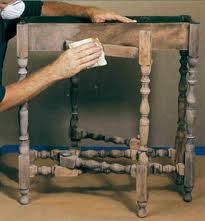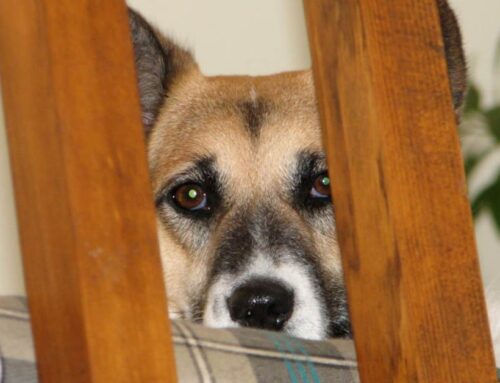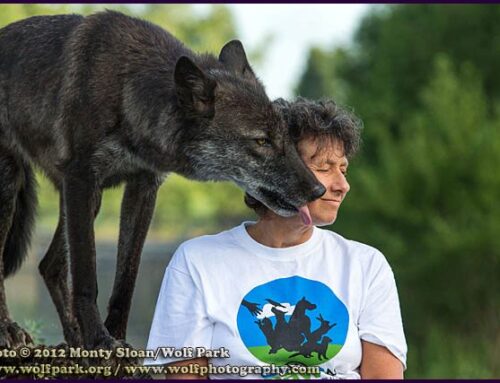
Perhaps a more appropriate way to look at a dog’s fearful behavior is to see it as a scab which is protecting the sensitive tissue beneath it. The more we pick and scrape, the more likely we’ll create a long lasting scar. We can cover it with a band-aid, pretend that all we need to do is make the dog do the things they’re afraid of, and all will be well. But for dogs who were born with a predisposition to be wary or were not socialized properly as young pups, take the band-aid off and the wariness and fear remains.
Some dogs have been gifted with skills they take with them, wherever they go, that allow them to feel comfortable in whatever world they find themselves. When I worked with street dogs from Puerto Rico most had mastered the ‘how to work the crowd’ behaviors humans find so appealing. Their survival depended on it. They wiggle and wag, grin and beg. My border collie Finn lived in at least 7 different places before landing with us at age three. He was taught how to catch frisbees and he never meets a person without expecting they can throw one. As far as he’s concerned every person is a potential game player.
We may never know the exact reasons our dogs are afraid, but we can know what makes them feel good. With this information in hand we can build up the ’tissue’ of our dog’s confidence and skills. For some dogs all that will remain is the faintest of scars that is only visible in certain light. For others we will always need to be respectful of the sensitivity that lingers.





